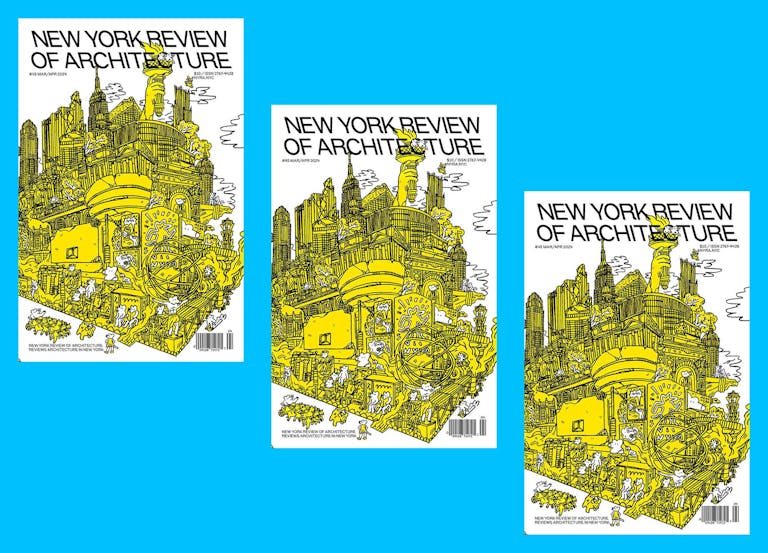Tips on making a less wasteful, less harmful magazine
There’s no escaping it – publishing print magazines necessarily means using natural resources and creating some degree of waste. But technological and social advances mean that today, any harmful impact on the environment can be greatly reduced, and sometimes even turned into a net benefit.
Read on for a collection of helpful tips, which we gathered from speaking to three magazine makers who uphold sustainability in everything they do: The Earth Issue, Beside magazine, and Money, Fashion, Power by Fashion Revolution.

1. Recycled, post-consumer paper stocks
This is an obvious one, but here are some specific brands of paper stocks some magazines use.
— Cyclus Offset: 100% recycled, uncoated, natural white offset paper used by Money, Fashion, Power.
— Rolland Enviro: 100% post-consumer paper made of fibres from recycled paper and cardboard, used by Beside.
— EnviroTop: 100% recycled, matte-coated paper used by Offscreen.
The Earth Issue also uses recycled material for packing their deliveries. Founder Elena Cremona tells me that she asked her local post office for used envelopes, and got sponsored by Eco-Craft for their packaging.
2. Printing can be zero-waste
Fashion Revolution is a non-profit with the mission of ensuring that the fashion industry values people, the environment, creativity and profits in equal measure. They recently launched their first print magazine, which you can flick through in our video review below. Heather Knight, Head of Branding and Communications tells me that they worked with zero-waste printers Seacourt for the issue, and used LightTouch™, the world’s first waterless LED drying printing press.
“The LED instantly cures the pure, clean, waterless ink dots onto the paper to make the fanzine’s images sharper and more vibrant,” she says. Seacourt is also carbon positive, powered by 100% renewable energy, and close to becoming Net Positive, which means that for every magazine they print, it would benefit the economy, environment and society.
3. Self distribution and peer-to-peer delivery
In order to work around the wastage and financial burdens of traditional distribution models, Beside painstakingly contacted individual bookstores in North America. “Then, we organised a distribution road trip from Nova Scotia all the way to Oregon,” the magazine’s editor-in-chief Catherine Métayer tells me. “In the end, we only reached 3% waste. And the relationships we’ve built with our retailers are personal and long-lasting.”
Works That Work’s social distribution model is another novel approach — the video below explains it really well, but it basically asks readers to sell the magazine to their local bookstores. They also created a live document where readers who are due for a trip and have space in their luggage can offer to deliver copies on their way.
4. Work with local talent
Many of the practices that reduce waste and harm has financial benefits too. Like a lot of magazines, Beside works with a list of contributors from across the world, often asking local writers or photographers to take up nearby assignments.
5. Knowing how many issues to print
This is a really tricky one, but there are definitely ways to work around the unknowns. The Earth Issue made digital mock-ups and got in touch with stockists to estimate the need before going to print. Beside pre-launched their magazine on Kickstarter to gauge public interest, and after the first issue sold out in six weeks, they decided not to reprint, thus turning the issue into a ‘limited edition’.
Fashion Revolution similarly launched a pre-order campaign to know exactly how many copies they needed to print. “It also meant we had money upfront to spend on printing,” Heather said, adding that they used a simple platform called Celery to manage the pre-orders.

6. Choose the format with the least wastage
If the format of your publication is up for consideration, it could be worth checking with your printers to see if there are styles that are more waste-saving. Heather tells me that Money, Fashion, Power was created in a dimension that had the least amount of waste offcuts (170 x 240mm).
7. Offset your footprint with good events
We can definitely take a page out of Beside’s magazine, because for their next issue, they’re going an extra step to reduce their footprint. “We’re pairing each of our launch events with a cleanup initiative,” Catherine tells me, “We’ll be gathering our community for riverbank cleanups, alongside local nonprofits such as Surf the Greats in Toronto, Coeur Intelligent in Montreal, United by Blue in Philadelphia and PurNat in Quebec City.”
—
Love magazines? We send out a different, surprise independent magazine every month. Join the club.






